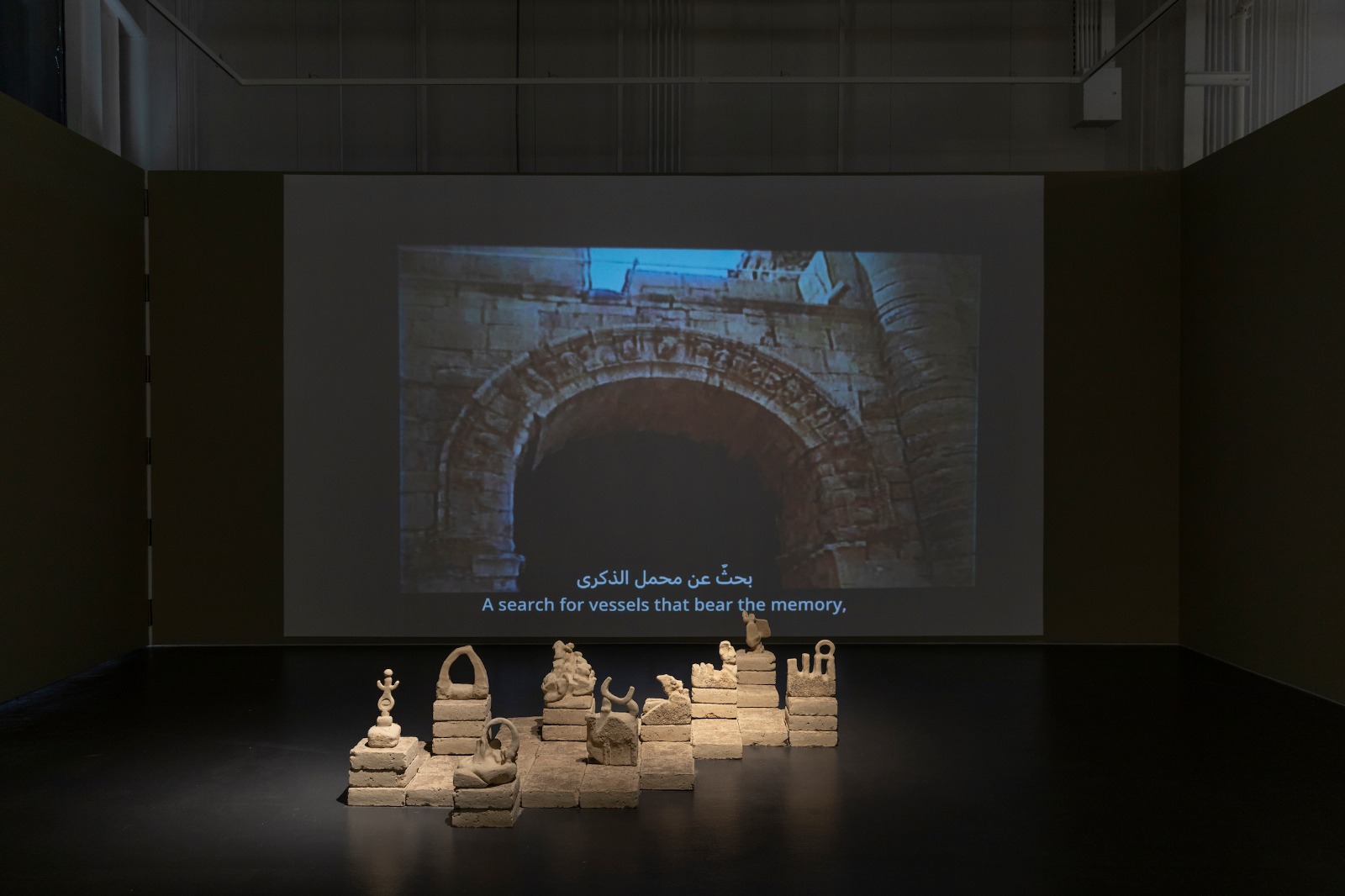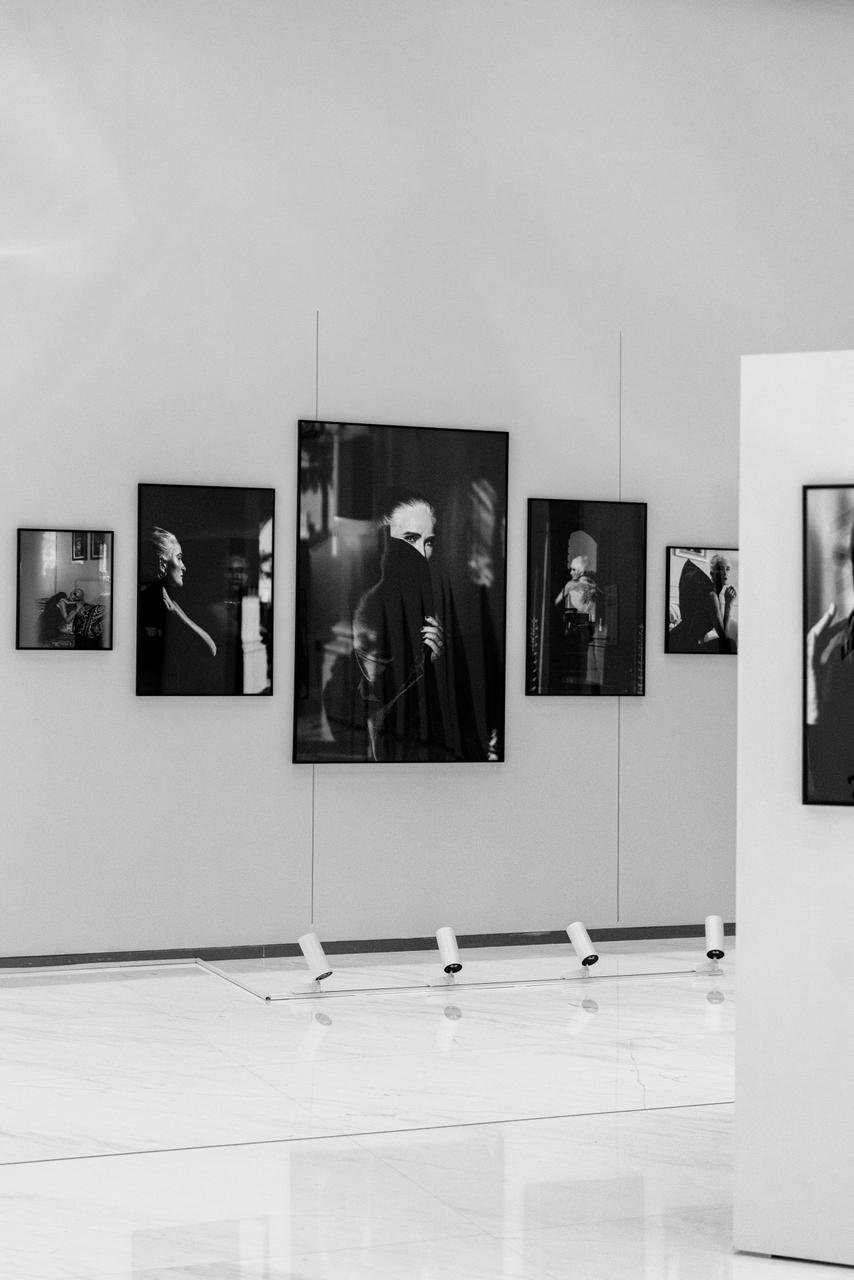No Mask Required exhibits an in-depth study of the face. As a mirror to one’s innermost thoughts, the face is the depiction of one’s journey and what molds us into who we are. This selection of artists come together bringing cultural individuality and variety of techniques to depict their perception of the human form. With a unicity of mediums ranging from 18th century frames and scratched mirrors to photographic lambda prints, No Mask Required, aims to challenge the notion of a portrait.
No Mask Required exhibits an in-depth study of the face. As a mirror to one’s innermost thoughts, the face is the depiction of one’s journey and what molds us into who we are. This selection of artists come together bringing cultural individuality and variety of techniques to depict their perception of the human form. With a unicity of mediums ranging from 18th century frames and scratched mirrors to photographic lambda prints, No Mask Required, aims to challenge the notion of a portrait.
About the Artists
Encompassing the Middle East and Europe, No Mask Required highlights works from the following artists:
Arezu
The portraits represent a desire to be, but not seeking to be seen or to be paid attention to. Arezu draws inspiration from 19th century representations of the female form. These women were devoid of identity, portrayed as objects of desire. By contrast, in her work, the self becomes both subject and object.
Al Braithwaite
A contemporary artist from London, Braithwaite works across a variety of disciplines including sculpture, assemblage, found material and installation. His work fits into a tradition of conceptual art, recalling Dada, Surrealism, Fluxus, and aspects of Orphism.
Colleen Quigley
A Japanese-American visual artist based in Tucson, Arizona. Her practice encompasses a broad range of media including sculpture, installation, painting, encaustic, and digital fabrication. Her work has been exhibited in Italy, Japan, Singapore, the United States, and the U.A.E. Her research memory and place, and the transcultural flow of objects.
Husein Al-Mohasen
Behind the apparently obvious simplicity of his works, there lurks a decades-long journey shaped by poetry from the Arab world and the complex intersections between modern spaces and personal freedom. Al Mohasen’s work is a global endeavor, incorporating regional paradigms and presenting – rather than merely representing – the Arab experience of the contemporary after the fashion of the poetry and music that inspired him: Despite the broken parables that divide us, at the very end, we all speak the same language.
Halim Al Karim
With photography as his chosen medium, the artist chooses to depict his experiences using conceptually expressive imagery, continuing with his experimental practice. Innovations in digitization allowed Al Karim to further develop his illusionary technique and extend the use of the medium. The impact of wars and the related pursuit of truth and humanity remained the central focus of the artist’s work.

Jonathan Gent
Having studied at The Cheshire School of Art and The Edinburgh School of Art respectively, Gent’s paintings have been exhibited widely throughout the world including Edinburgh’s Scottish national Gallery, The Saatchi Gallery, The Freud Museum, and has recently held solo shows in Dubai, Los Angeles, New York and London. Gent has gained a strong reputation with collectors including Tilda Swinton, Robin Vousden, Rami Farook, Samantha Morton, Aimee Mullins, Simon Hillary, John Papsidera, David and Tia Hoberman.

Raghd Coussa
Coussa seeks to explore what he takes to be the permanent relevance of figuration. Central to his work is an unrelenting desire to represent the human figure and the human head. He reflects on a representation absent of meaning and narrative. In doing so, he hopes the visual language becomes louder, and more direct, through its ambiguity.
Morteza Zahedi
The artist evokes memories of our early childhood by repurposing the items from that period of our lives. Upcycling the surplus, the rubbish and the forgotten, and transforming them into raw material for artwork that is both conceptual and beautiful.
Sabhan Adam
His colored characters are formed in a violent way that indicates a deep rebel psychology that exceeds the entire impressionist and pictorial school techniques, which sometimes fail to express themselves. Sabhan Adam emphasizes that his human creations are attached to the pain, fear and phobia which our society constantly suffers from.

Yazid Oulab
He tackles and questions topics such as the meaning of life together with values of family, trying to close the distance between the tangible and the ethereal. He is considered a multimedia artist, delving in sculpture, drawings and video installations. One key feature
About XVA Gallery
XVA Gallery is one of the leading galleries in the Middle East that specializes in contemporary art from the Arab world, Iran, and the Subcontinent. Exhibitions focus on works by the region’s foremost artists as well as those emerging onto the scene. The gallery’s artists express their different cultural identities and perspectives while challenging the viewer to drop prejudices and borders. XVA Gallery and XVA Art Hotel are located in Dubai’s heritage district, now called Al Fahidi Historical Neighborhood. XVA founded and organized the Bastakiya Art Fair from 2007- 2010 as part of its commitment to raising the profile of contemporary art practice in Dubai.


